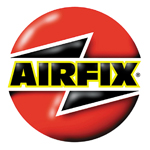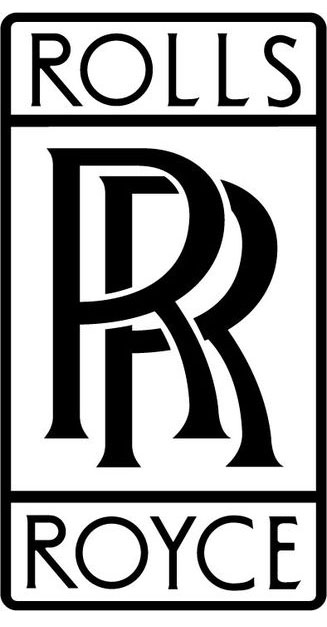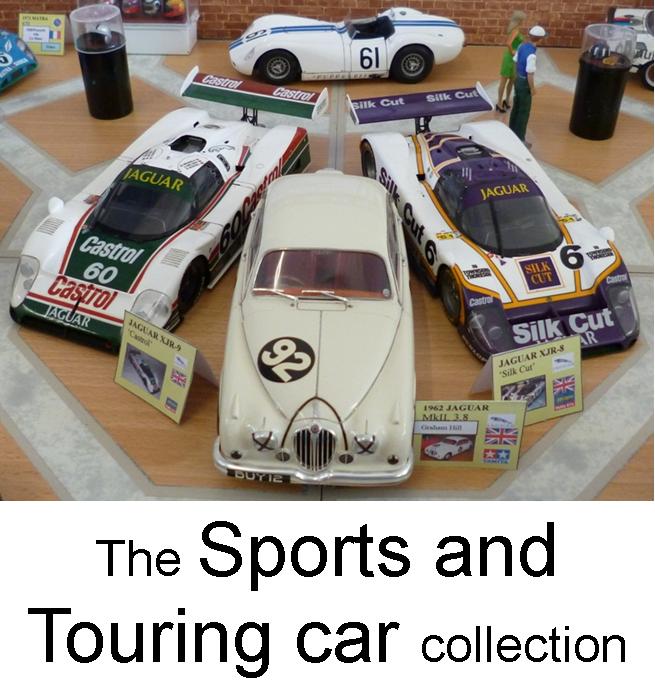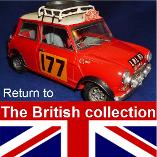Rolls-Royce only ever made one true ports car, the Light Twenty. 40 “Twentys” were built:, 21 "Heavy" and 19 "Light". The light 20 had a shorter wheelbase than the standard model and more importantly a four speed gearbox, 3rd was a direct drive while 4th was an overdrive top gear.
Between 1905 and 1907 they were raced in Ireland, the Isle of Man and the USA, often driven by C.S. Rolls himself. Light Twenties took second place in the 1905 Isle of Man Tourist Trophy race and won the 1906 running, thus enabling Rolls-Royce cars to gain an early reputation for quality and endurance. Rolls set a new record for the Monte-Carlo to London run in a Light 20 in May 1906 and the model also won various sprint races at Empire City Track, New York and Ormond Beach, Florida.
The Light Twenty was arguably the Company's finest model before the 40/ 50hp 'Silver Ghost' series which marked the emergence of the one-model policy.
Rolls was an adventurous sort of fellow fascinated by machinery and speed. He set up in business importing French and Belgian cars before meeting Henry Royce, and forming that famous marque in 1904. Incidentally, that was the same year he crossed the English Channel by balloon. In June 1910 made the first non-stop double crossing of the Channel by aeroplane. He was killed in a plane crash the very next month.
Isle of Man TT races were set up on special authority of the Tynwald, the Isle of Man’s parliament, as the mainland parliament would not close roads for racing and enforced the 20mph speed limit. They have become world famous for the motorcycle racing but initially the races were for cars. One of the reasons for this was on trials the motor cycles couldn’t get up the mountain roads so later ran on a shorter course. Even the cars course for 1906 was a shorter 40 mile mountain circuit than the 1905 event had been.
The motor industry in Britain lagged behind that of France and Germany but the Isle of Man Tourist Trophy races provided and opportunity for British designers to work on lighter cars with more flexible engines and gearboxes. Britain’s motor industry began to benefit from the innovative engineering undertaken by the participants.
1/32nd scale conv'.
Built by Ian .


Taking the 1905 Airfix kit as a starting point, a collection of photos and a painting Ian converted this kit most simply by taking the wheels from the Airfix Vauxhall “Prince Henry” and putting them on the 1905 car. A few new details were added or improved like the gearl ever and brake quadrant, the dash panel and foot pedals. The lamps were taken from a Pyro brass kit and brass bare metal foil was used for the radiator and brass edgings. The brass version of this very useful material has one drawback, the brass colour can be rubbed off causing aluminium colour to shine through (similarly with the black version too). Pinstripe decals from Kangaroo decals helped greatly as hand painting these by hand is awfully difficult.
The model is painted by brush with Humbrol enamels for the body colour. While a mixture of Humbrol enamels and Citadel acrylic paints an ink washes were used for the detail painting. The dash is painted by putting on a cream coloured base coat, then using an old distressed brush and dark brown ink lightly drawing it over the base coat to give some grain before applying layers of thinned Tamiya clear orange. You need to build it up slowly, giving coats time to dry, till you get the look you are happy with.
RETURN TO -

